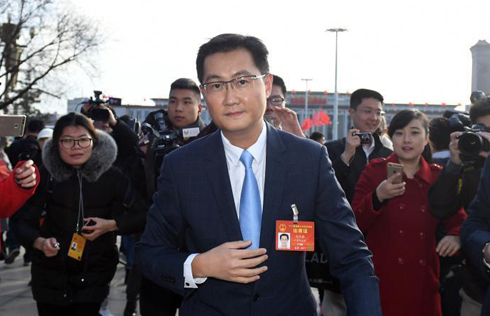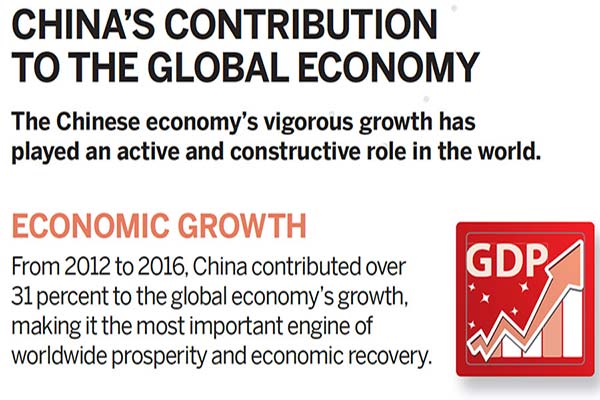China TMT overseas M&A market to grow steadily in 2017: Deloitte
SHANGHAI - China's technology, media and telecommunications overseas M&A market is expected to grow steadily in 2017, according to a recent report by Deloitte.
China served as an active sponsor country for deals in mergers and acquisitions in technology, media and telecommunications (TMT) from 2012 to 2016, with a compound annual growth rate, in terms of overseas mergers and acquisitions (M&As) numbers, of 27 percent, far exceeding North America, Europe and other regions, according to Deloitte's "China TMT Industry Overseas M&A Report 2017."
Deloitte attributed the increase to a slowdown in the global economy, desire for fresh funds from small-and-middle sized enterprises in developed countries, as well as China's Belt and Road Initiative.
The transactions were mainly in the technology subsector, which accounted for more than half of the entire TMT industry in 2016.
"This means China is showing a growing interest in overseas advanced technology," said Keat Lee, a Deloitte China consulting partner.
"Demand for foreign technology and new growth incentives in overseas markets made China a major driving force in the TMT M&A market," said William Chou, a Deloitte China TMT Industry Managing Partner.
Deloitte expects China's pace in overseas M&A investment to accelerate in the technology sector in 2017 and the total number of M&A transactions to grow steadily as Chinese tech companies try to acquire foreign high-tech and realize their globalization strategy.
In the global market, the number of M&A transactions in the TMT industry registered a compound annual growth of 7 percent between 2012 and 2016, with the trading volume hit a five-year record high to $440 million in 2016.
The report also highlighted challenges in TMT cross-border M&As, including various political and legal restrictions from governments, operational and financial risks brought by high premium mergers and acquisitions, as well as post-merger management problems.
It said better communication would ensure a smooth operation for companies during transition periods and an effective integration plan would help with such challenges.

















